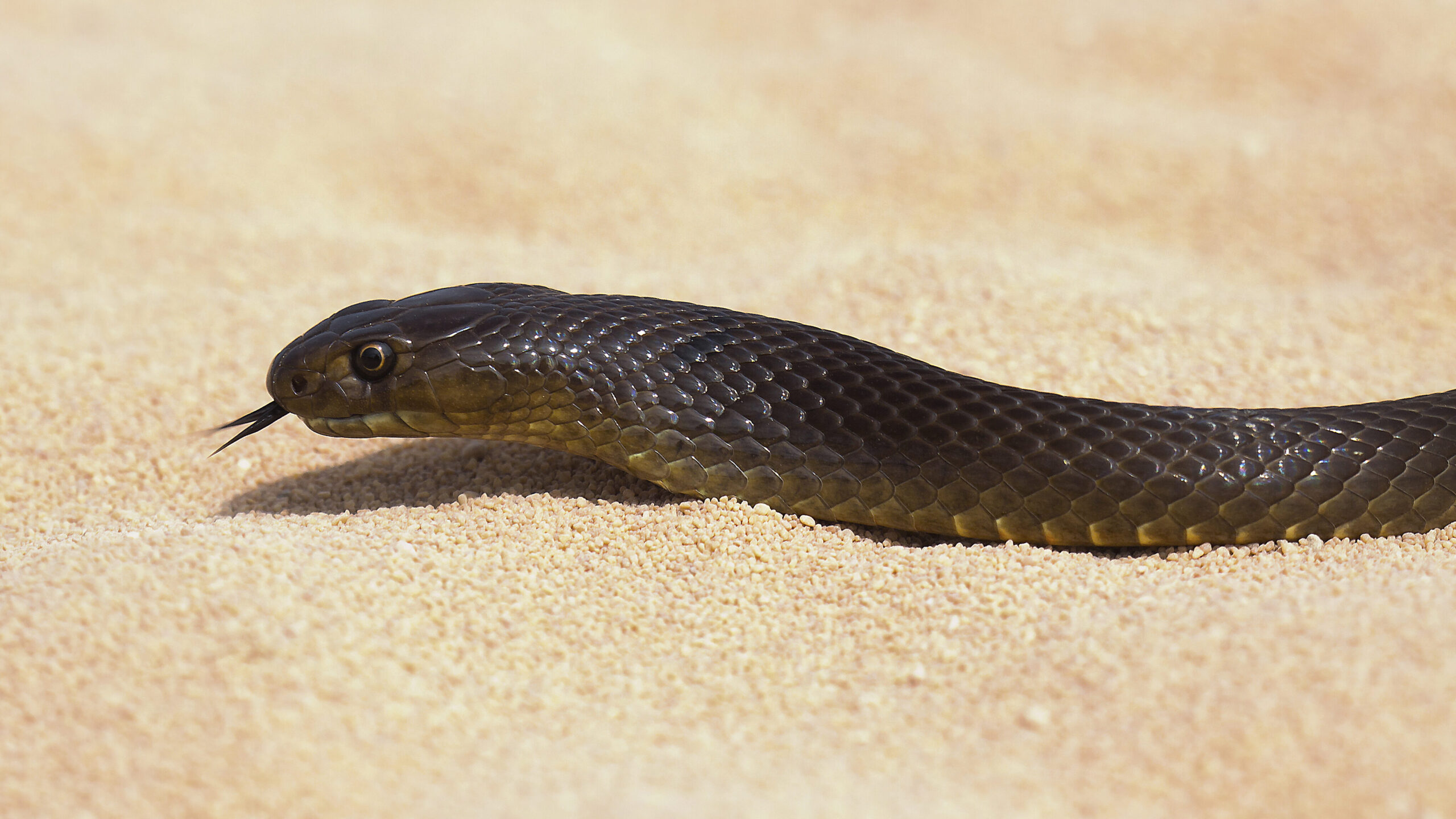Introduction
When it involves venomous serpents, Australia is home to some of one of the most interesting and dangerous species worldwide. Among these, the Tiger Snake stands apart not just for its powerful venom yet likewise for its fascinating behavior. Comprehending the actions of poisonous snakes like the Tiger Snake is essential for both wildlife lovers and those residing in areas where these serpents exist. This short article looks into various aspects of Tiger Snake actions, environment, recognition, precaution, and emergency treatment techniques in situation of a snake bite.
Understanding the Actions of Venomous Snakes Like the Tiger Snake
The Tiger Snake, clinically known as Notechis scutatus, is well-known for its aggressive nature when endangered. These snakes exhibit a series of actions that can be fairly various from their non-venomous equivalents.
Characteristics of Tiger Snakes
The Tiger Snake is conveniently recognizable because of its distinct bands or stripes that resemble a tiger's markings. They can vary in color from yellowish-brown to dark olive or black. This pigmentation serves not only as camouflage yet likewise as a caution signal to prospective predators.
Adaptability to Environment
One remarkable element of their habits is their versatility to numerous environments. Discovered primarily in seaside areas, marshes, and wetlands throughout Australia and Tasmania, they can thrive in varied habitats consisting of urban areas.
Hunting Techniques
Tiger Snakes are ambush predators primarily eating fish, frogs, and small mammals. They have eager eyesight and an intense feeling of smell which aids them in locating victim effectively.
Venom Composition
Their venom contains neurotoxins that influence the nerve system, causing paralysis or fatality in common death adder smaller pets. For human beings, prompt medical interest is vital after a tiger snake bite as a result of its possibly deadly effects.
Natural Habitat of Tiger Snakes
Preferred Locations
Understanding where these serpents live sheds light on their behavior patterns. The tiger serpent habitat consists of:
- Coastal regions Swamps Grasslands Urban areas with bountiful water sources
Seasonal Movements
During warmer months, Tiger Snakes are much more energetic as they indulge in sunshine or hunt for food. In contrast, chillier months see them pulling back into hibernation sites.
Are Tiger Snakes Venomous?
Yes! The question "are tiger snakes venomous?" frequently occurs among those unfamiliar with this varieties. Pain Management Their venom is thought about among the most dangerous amongst all serpent varieties worldwide.
Symptoms of a Tiger Serpent Bite
If bitten by a tiger snake, signs and symptoms might include:
- Localized pain Swelling at the bite site Nausea and vomiting Sweating and confusion
Immediate medical help is crucial as without treatment attacks can bring about serious health issues or perhaps death.
First Aid for Serpent Bites: Quick Feedback Guide
Knowing just how to administer emergency treatment for a serpent bite can save someone's life. Below's what you should do:
Step 1: Stay Calm
Keeping calmness aids slow down heart price which minimizes venom spread.
Step 2: Incapacitate the Impacted Area
Keep the influenced limb still and below heart degree if possible.
Step 3: Call Emergency Services
Always look for professional clinical assistance right away after a snake bite.
First Aid for Serpent Bite Set Essentials
A fully equipped snake bite first aid kit ought to consist of:
- A compression bandage Antiseptic wipes A pair of scissors A cold pack
Safety Preventative measures: Avoiding Snake Bites in Australia
Awareness Programs
Educating areas regarding local serpent varieties and their actions can significantly minimize encounters leading to bites.
Avoiding Hazardous Areas
Staying away from lengthy turf during warmer months decreases contact with snakes that may be resting or hunting.

Common Mistaken beliefs Regarding Tiger Snakes
Many people believe false impressions regarding the habits of tiger serpents result in unnecessary concern. Below are Camouflage in Australian snakes some information:
Myth 1: All Tigers Are Aggressive
Not all tiger serpents will present aggression if left uninterrupted; many choose taking off instead of confrontation.
Myth 2: They Chase Humans
Tiger snakes do not actively chase human beings; they might strike when they really feel endangered yet will generally retreat if provided space.
Conservation Initiatives Connected to Venomous Snakes
Conservation efforts concentrate on educating communities concerning protecting local wild animals while decreasing human-snake interactions.
Importance of Ecosystems
Understanding that venomous snakes play a vital function in keeping environmental balance helps foster admiration instead of worry towards them.


FAQs Concerning Tiger Snakes
What ought to I do if I run into a tiger snake?- Maintain range and gradually retreat without sudden movements.
- While attacks aren't extremely common due to recognition efforts, they still occur every year within Australia.
- Baby tiger serpents can deliver complete dosages of venom regardless of being smaller; for this reason caution is encouraged around them.
- They largely take in frogs, fish, small animals like rodents, and other reptiles.
- It's unlawful in a lot of jurisdictions without appropriate licensing as a result of safety and security concerns regarding their venom.
- Wear durable boots and stay on marked trails; look prior to placing hands or feet right into concealed spaces like rocks or logs.
Conclusion
Understanding the actions of venomous snakes like the Tiger Serpent not only boosts our understanding but likewise promotes safety recognition amongst those living near their environments. From acknowledging their qualities, recognizing emergency treatment procedures complying with a bite, through engaging preservation initiatives-- every aspect plays an important function in promoting coexistence with these fascinating reptiles while respecting their place within our ecosystem.
As we grow our understanding via education and experience, we add positively towards guaranteeing both human safety and security and wild animals conservation-- profiting all celebrations involved!